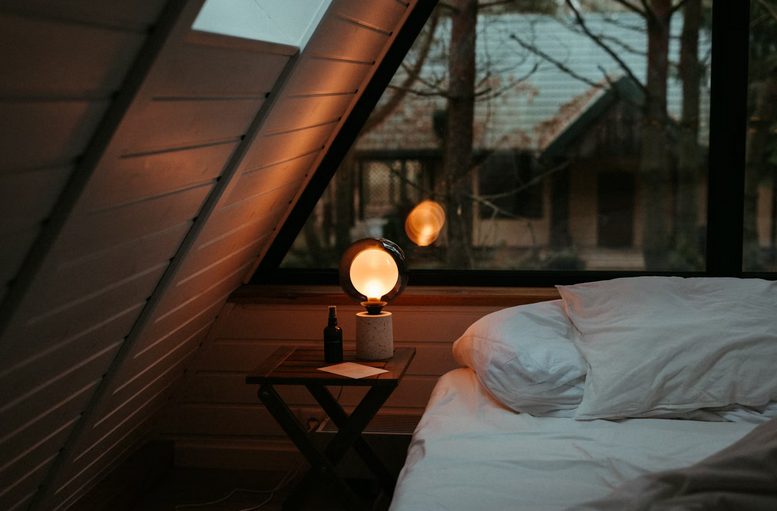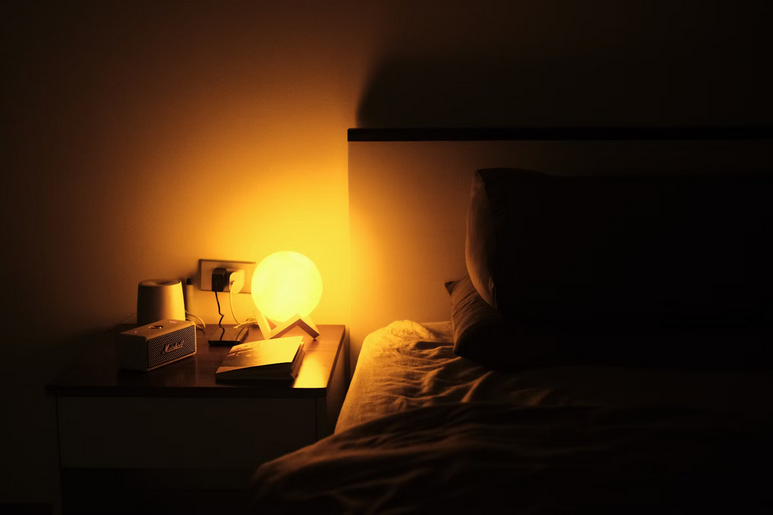Seasonal Care for Artificial Grass: How to Keep It Looking Fresh All Year Round
Artificial grass has taken the lawn care world by storm, and for good reason. Imagine a lush, green yard that stays vibrant through rain or shine no more mowing, watering, or fertilizing. It sounds like a dream come true! With minimal maintenance required, artificial turf not only saves you time but also conserves water and eliminates the need for harmful chemicals. However, just because it’s synthetic doesn’t mean it can be neglected. As seasons change, so does the artificial grass maintenance needed to maintain its absolute look. From spring blooms to winter chills, each season brings unique challenges and opportunities for upkeep. Whether you’re new to this eco-friendly choice or have had your turf for years, understanding how to maintain it year-round is essential for longevity and aesthetic appeal.
Knowing the Benefits of Artificial Grass
Artificial grass offers a myriad of benefits that elevate it above traditional lawns. For starters, it drastically reduces maintenance time. Gone are the days of mowing, watering, and dealing with pesky weeds. One of the most appealing aspects is its environmental impact. With synthetic turf, you save precious water resources while contributing to a greener planet. No need for pesticides or fertilizers means less harm to local ecosystems. Durability is another standout feature. Quality artificial grass can withstand heavy foot traffic without losing its shape or color, making it ideal for homes with kids and pets.
Understanding the Different Types of Artificial Grass

Artificial grass comes in a variety of types, each designed to meet specific needs and preferences. Understanding these options can help you choose the best fit for your space. Nylon is known for its durability. It’s perfect for high-traffic areas and retains its shape well. This makes it ideal for sports fields or busy backyards. Polypropylene offers a more budget-friendly option. While it’s softer underfoot, it may not withstand heavy use as effectively as nylon.
Preparing Your Lawn for the Changing Seasons
As the seasons shift, it’s essential to prepare your artificial lawn for the changes ahead. Start by giving it a thorough clean. Remove leaves, debris, and any accumulated dirt that can dull its appearance. Next, check for any signs of wear or damage in the turf. Addressing small issues now can prevent bigger problems later on. If you notice areas that need repair or brushing up, take action promptly.
Caring for Artificial Grass in Spring
As spring arrives, it’s time to awaken your artificial grass from its winter slumber. Start by giving it a thorough cleaning. Rake away any leftover leaves and debris that may have accumulated over the colder months. Next, check for any weeds or unwanted growth along the seams. A gentle pull can often take care of these invaders without damaging your turf. If you notice any flattened areas from snow or heavy objects, use a broom with stiff bristles to fluff up those blades. This will help restore their vibrant appearance.
Maintaining Your Lawn During Summer Months

Summer can be tough on your artificial grass, but with a little effort, it can remain vibrant and inviting. High temperatures may cause the surface to heat up, making it essential to keep it cool. Regularly rinsing your lawn with water helps reduce heat buildup while washing away dust and debris. Early morning or late evening is the best …





